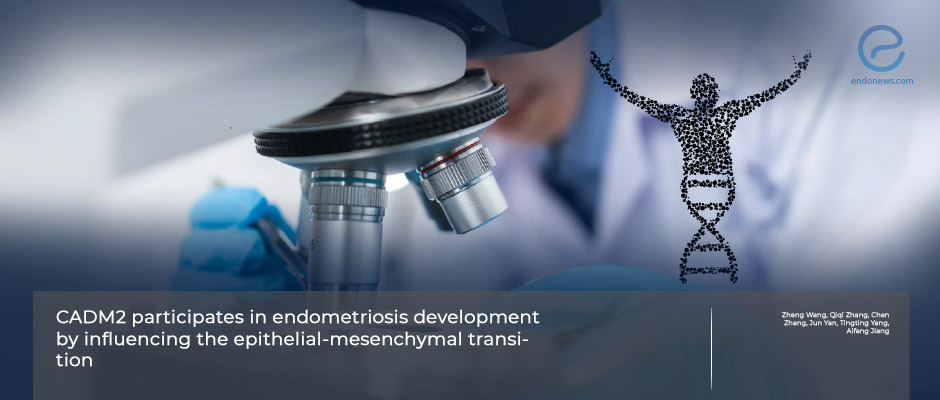Study Sheds Light on Molecular Mechanism of Endometriosis Development
Jun 19, 2024
CADM2 may inhibit the development of endometriosis.
Key Points
Highlights:
- A molecule called CADM2 may play a role in the development of endometriosis.
Importance:
- A better understanding of the molecular mechanism underlying the development of endometriosis could help with proper diagnosis and to development of new and better therapies.
What’s done here:
- Researchers analyzed the expression levels of CADM2 in endometriosis and normal endometrium.
- They also analyzed the effect of overexpressing and knocking down CADM2 on epithelial-to-mesenchymal transition.
Key results:
- The expression of CADM2 is lower in the ectopic endometrial tissue compared to the normal endometrium.
- CADM2 overexpression significantly reduces the ability of cells to grow, migrate, and invade other tissues.
- Knocking down CADM2 leads to the opposite results.
- CADM2 inhibits epithelial-to-mesenchymal transition in endometrial cells.
Limitations:
- More research is needed to explore the potential significance of CADM2 in patients with endometriosis.
Lay Summary
Cell adhesion molecule 2 (CADM2) may inhibit the development of endometriosis, according to a new study published in the scientific journal Reproductive Sciences. It may do so by suppressing epithelial-to-mesenchymal transition. A better understanding of the mechanism underlying the development of the condition may help researchers develop new therapeutic strategies in the future.
To better understand the potential role of CADM2 – a molecule that plays a role in maintaining cell adhesion and polarity, and suppressing tumors – in the development of endometriosis, a team of researchers led by Dr. Aifang Jiang from the Department of Reproductive Medicine, Affiliated Hospital of Shandong Second Medical University in Weifang, People's Republic of China assessed the expression levels of CADM2 and of markers of epithelial-to-mesenchymal transition in ectopic endometrial tissue obtained from patients with endometriosis and compared this to the normal endometrial tissue.
They found that the expression of CADM2 was lower in the ectopic endometrial tissue compared to the normal endometrium. They also showed that the ability of cells to grow, migrate, and invade other tissues was significantly reduced when CADM2 was over-expressed. Opposite results were obtained when CADM2 was knocked down. Finally, the researchers demonstrated that CADM2 inhibited epithelial-to-mesenchymal transition in endometriosis cells.
Epithelial-to-mesenchymal transition is a biological process where epithelial cells acquire mesenchymal cells' motile and invasive characteristics.
Research Source: https://pubmed.ncbi.nlm.nih.gov/38767769/
Epithelial-to-mesenchymal transition endometriosis development CADM2

